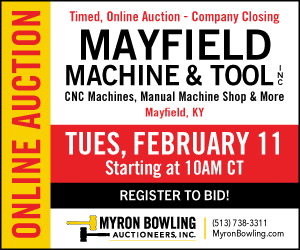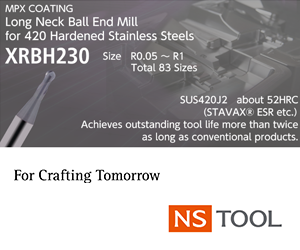To recap, last month’s column discussed the benefits of end-of-year shop reorganization, which in our case involved simple projects that had a big impact. With all the rearranging, painting and cleaning ended, my military commander dad had successfully completed his mission and returned to a life of retirement.
Interestingly, even after being in business for many years, we’re still evolving to fulfill our ultimate vision. We’re still working to become a company that provides such a high level of service and quality that we have the luxury of cherry-picking the projects of our choosing and can comfortably say no to others.
With the first reorganization round completed, including a freshly tidied up and more effectively arranged shop, we’re looking forward to engaging in regular production again and seeing a return on investment.
My January to-do list includes more office functions and less shop floor work, and the employees are understandably relieved. The office functions involve further optimization of our software system, including the implementation of advanced tools such as scheduling and better QA document control.
Other important items include adding touch probes to our CNC mills and experimenting with new cutting tools. Setting aside time with tooling vendors to brainstorm about the latest tricks of the trade is helpful, and my shop supervisors appreciate the opportunity. Hopefully, they’ll discover techniques that impress customers and management alike. Even some advanced CAD/CAM training is in the cards, particularly with 3-D modeling tools. Getting better trained to utilize these technologies should make for a more productive 2013.
While we can’t predict the future, we can take steps to ensure we’re as prepared for it as possible. As machining and personnel capabilities have improved at our shop, we’ve taken on more complex projects with increasingly stringent requirements.
Employing team members who can problem-solve with those types of customers will generate repeat business. Effective owners and managers should work to ensure their employees don’t become complacent with the status quo.
My goal is to make opportunities available to them, utilizing available resources to our fullest advantage and keeping the team inspired to create interesting products. I try to impress upon our employees that what they’re creating is art and they should look at their work with a high degree of pride. Let’s face it, forming and machining metal into some of the end products we all create is an amazing feat.
Hopefully, your shop has a strong foundation and provides a professional facility to work in. Once those basics are in place, it’s fun to fix other problems, tweak equipment and processes, apply new tools and technologies and train employees to be more valuable to the company they work for.
As an owner or manager, it’s quite gratifying to see your techniques and management style having a positive impact. When your team believes in the mission and the shop has positive momentum, there isn’t much you can’t accomplish. It’s especially gratifying to see some profit left over that you can put in the pockets of deserving employees, including yourself.
So, obviously, I’ve got a lot of work to do and will for a long time. I’m thankful for the opportunity to focus on my ultimate company vision, but that’s only possible because my now-retired dad helped me whip some things into shape. For those who contacted me asking for his help, my dad has left the building and assured my mom he’s not going to accept any more plant restructuring projects—at least until our next brainstorming session. Sorry Mom! CTE
 About the Author: Keith Jennings is president of Crow Corp., Tomball, Texas, a family-owned company focusing on machining, metal fabrication and metal stamping. Contact him at [email protected].
About the Author: Keith Jennings is president of Crow Corp., Tomball, Texas, a family-owned company focusing on machining, metal fabrication and metal stamping. Contact him at [email protected].
Related Glossary Terms
- 3-D
3-D
Way of displaying real-world objects in a natural way by showing depth, height and width. This system uses the X, Y and Z axes.
- computer numerical control ( CNC)
computer numerical control ( CNC)
Microprocessor-based controller dedicated to a machine tool that permits the creation or modification of parts. Programmed numerical control activates the machine’s servos and spindle drives and controls the various machining operations. See DNC, direct numerical control; NC, numerical control.








